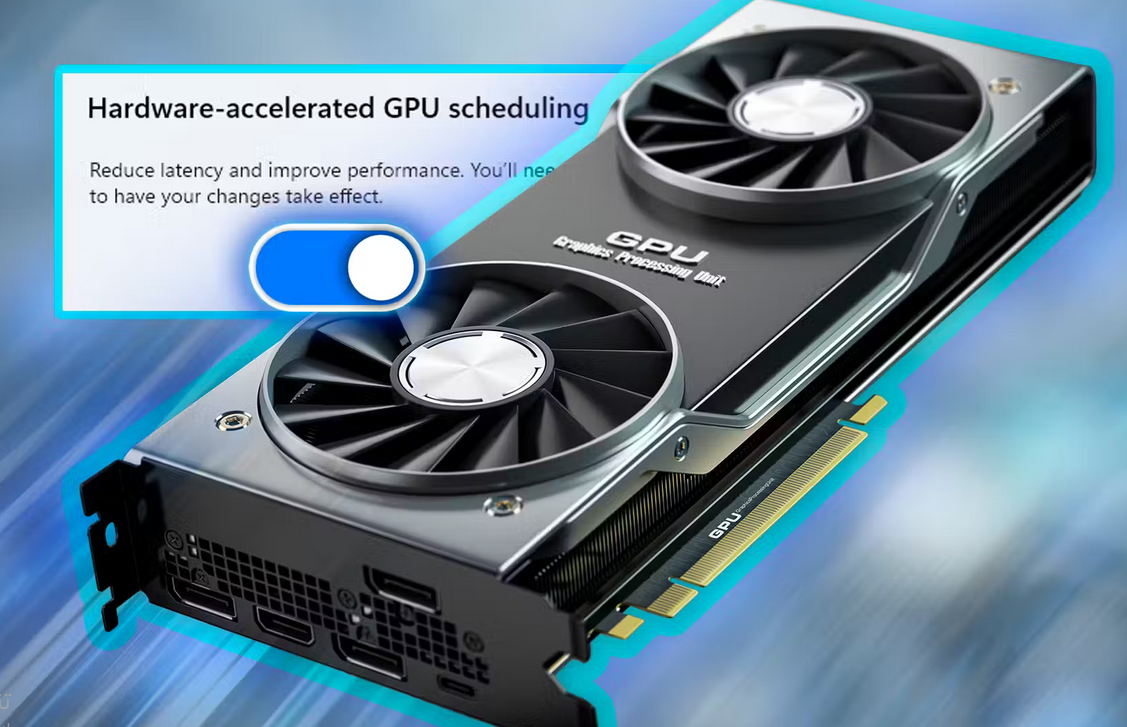Hardware acceleration is a feature that allows your computer to offload certain tasks to specialized hardware components, such as the GPU (Graphics Processing Unit), rather than processing them solely through the CPU (Central Processing Unit). This can significantly enhance the performance of certain applications, particularly those involving graphics, video, and complex calculations. Windows 11, the latest operating system from Microsoft, includes several options for enabling and managing hardware acceleration, making it crucial for users to understand how to verify whether this feature is active on their system. This article provides a detailed guide on how to check if hardware acceleration is enabled in Windows 11, exploring different methods, potential issues, and the benefits of this feature.
Understanding Hardware Acceleration
Before diving into the methods to check hardware acceleration, it is essential to understand what it entails and why it is beneficial. Hardware acceleration takes advantage of the GPU to perform tasks more efficiently than the CPU can, particularly in rendering graphics and videos. This not only speeds up these processes but also frees up the CPU to handle other tasks, leading to a more responsive and efficient system overall.
In Windows 11, hardware acceleration can be particularly beneficial for gaming, video editing, and other graphic-intensive applications. However, the performance boost provided by hardware acceleration can vary depending on the specific hardware and software configuration. Therefore, knowing whether it is enabled or not can help users optimize their system’s performance.
Checking Hardware Acceleration Status in Windows 11
There are several ways to check if hardware acceleration is enabled in Windows 11. Below are the most common methods:
1. Using the Settings App
The easiest way to check if hardware acceleration is enabled is through the Windows 11 Settings app. Here’s how you can do it:
- Open Settings: Click on the Start menu and select “Settings” or press
Win + Ion your keyboard. - Go to Display Settings: In the Settings window, navigate to “System” and then click on “Display” from the left-hand side menu.
- Advanced Display Settings: Scroll down to the bottom and click on “Advanced display settings.”
- Graphics Settings: Next, click on “Graphics” under the “Related settings” section.
- Hardware-accelerated GPU Scheduling: Here, you will see an option called “Hardware-accelerated GPU scheduling.” If this option is turned on, then hardware acceleration is enabled. If it is off, you can toggle it on to enable hardware acceleration.
2. Using the Task Manager
Another method to check if hardware acceleration is enabled is through the Task Manager. This method provides a real-time view of how your GPU is being utilized:
- Open Task Manager: Right-click on the taskbar and select “Task Manager” or press
Ctrl + Shift + Esc. - Go to the Performance Tab: In the Task Manager window, click on the “Performance” tab.
- Check GPU Usage: On the left side, you will see a list of components. Click on “GPU” to see the current usage. If hardware acceleration is active, you will notice the GPU being used for tasks like video playback, browser rendering, and gaming.
3. Using the DirectX Diagnostic Tool
The DirectX Diagnostic Tool (DxDiag) is another way to verify if hardware acceleration is enabled. This tool provides detailed information about your system’s graphics capabilities:
- Open the Run Dialog: Press
Win + Ron your keyboard to open the Run dialog box. - Type dxdiag: In the Run box, type “dxdiag” and press Enter. This will open the DirectX Diagnostic Tool.
- Check Display Tab: Once DxDiag opens, click on the “Display” tab. Here, you will see information about your graphics card, including whether hardware acceleration is enabled.
4. Using Browser Settings
For those who want to check if hardware acceleration is enabled in their web browser, most modern browsers like Google Chrome, Microsoft Edge, and Mozilla Firefox have options to check and enable hardware acceleration:
- Open Browser Settings: Open your preferred browser and go to the settings menu.
- Search for Hardware Acceleration: In the settings, look for an option called “Use hardware acceleration when available” and make sure it is turned on.
- Check Task Manager: To further verify, you can open the browser’s task manager (Shift + Esc in Chrome) and check if the GPU is being used for rendering tasks.
Common Issues with Hardware Acceleration
While hardware acceleration can greatly enhance performance, it is not without potential issues. Some users may experience problems such as screen tearing, stuttering, or crashes when hardware acceleration is enabled. These issues can often be resolved by updating graphics drivers, adjusting settings, or disabling hardware acceleration for specific applications.
- Outdated Drivers: Ensure that your GPU drivers are up to date. Outdated drivers can cause compatibility issues with hardware acceleration.
- Conflicting Software: Some software may not be fully compatible with hardware acceleration, leading to performance issues. In such cases, try disabling hardware acceleration for that specific application.
- System Overheating: Enabling hardware acceleration can increase the load on your GPU, leading to higher temperatures. Ensure your system is well-ventilated to avoid overheating.
Benefits of Hardware Acceleration
The benefits of enabling hardware acceleration in Windows 11 are numerous:
- Improved Performance: By offloading tasks to the GPU, your system can handle more intensive workloads without slowing down.
- Enhanced Visuals: Hardware acceleration can improve the quality of graphics and video playback, making your experience smoother and more enjoyable.
- Efficient Resource Usage: With the CPU free from handling graphic-intensive tasks, other processes can run more efficiently.
Knowing how to check if hardware acceleration is enabled in Windows 11 is essential for optimizing your system’s performance. Whether you are a gamer, video editor, or casual user, hardware acceleration can significantly enhance your experience by speeding up tasks and improving visuals. By following the methods outlined in this guide, you can easily verify and manage hardware acceleration on your Windows 11 system, ensuring you get the most out of your hardware. However, be mindful of potential issues and keep your drivers updated to enjoy a smooth and trouble-free experience.




